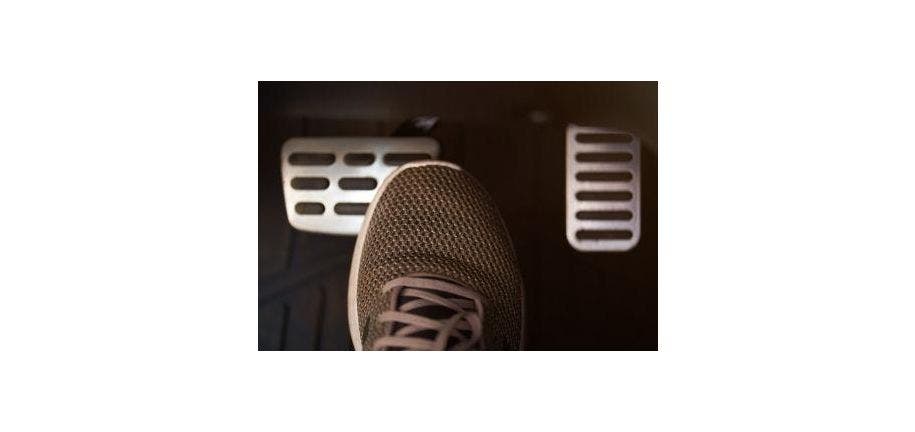Your vehicle's brakes rely on friction to slow down and stop. Pads pressed against the rotors, you might think. But wait, doesn't lubrication go against friction? Surprisingly, the right kind of lube is essential for smooth, quiet, and effective braking.
Why Lube Your Brakes?
Properly functioning brakes are paramount for your safety and those around you. This guide dives into the dos and don'ts of brake lubrication, ensuring your braking system operates flawlessly.
Why Lube Your Brakes?
Not just any oil will do! Brake lubricants need to handle extreme temperatures without melting or affecting other components. Avoid petroleum-based lubes; they can damage plastic and rubber seals. Stick to synthetic, non-petroleum, or silicone-based lubes for plastic/rubber areas and dry film lubes with graphite or molybdenum disulfide for metal-on-metal contact.
Where to Apply:
Focus on moving parts. Lubricate caliper bushings, slide pins, abutment clips, and pad mounting tabs. Skip the back of PowerStop pads – their multi-layered shims handle noise. If desired, a thin layer on the back where it touches the caliper piston is okay. Remember, never lube the friction side of the pad!
Tips for Success:
- Clean the system before applying lube.
- Use brake cleaner and dry with a soft cloth.
- Remove rust with a file or small grinding tool.
- Apply lube sparingly with your finger.
- Follow the specific lube instructions.
Disc Brakes:
- Caliper slides, pins, bushings, and self-adjusting mechanisms.
- Contact points where pads slide within the housing.
- Parking brake cables and linkage.
Drum Brakes:
- Backing plate raised pads.
- Star adjuster mechanisms.
- Hinge points for self-adjusters or parking brake linkage.
- Parking brake cables.
Lube No-Nos:
- Friction surfaces of brake pads and drums.
- Inside of the drum where shoes contact it.
- Areas with rubber or plastic seals (except for hydraulic components).
- Over-lubricating, leading to drips and potential issues.
With the right knowledge and technique, applying brake lube is a manageable DIY project. By following these guidelines and choosing the appropriate lubricants, you can maintain a quiet, confident braking experience and ensure your car's safety and performance. Remember, regular maintenance is key, so keep those brakes lubricated and enjoy the peace of mind that comes with knowing your stopping power is top-notch.

























